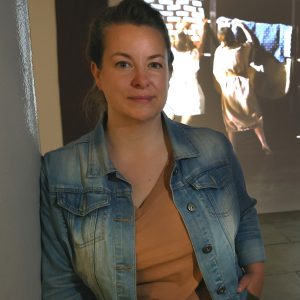
Emily Speed announced as second Artist in Residence at Energy House 2.0
The University of Salford Art Collection is delighted to announce Emily Speed as the second artist-in-residence with Energy House 2.0, in partnership with Castlefield Gallery.

The University of Salford Art Collection is delighted to announce Emily Speed as the second artist-in-residence with Energy House 2.0, in partnership with Castlefield Gallery.
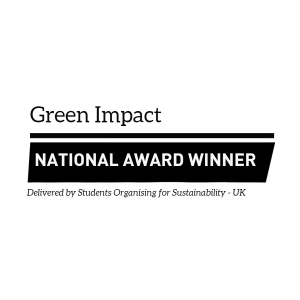
The Team has been awarded two Green Impact National Awards: Innovation for Engagement and Sustainability Hero, for their continuing commitment to sustainability action and engagement.

Launching Hybrid Futures, a multi-part collaboration focusing on climate, sustainability, collaborative learning and co-production.
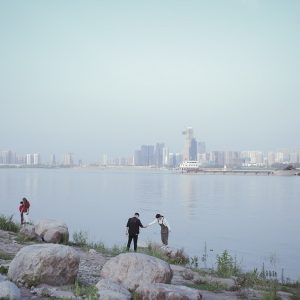
Team Assistant Rowan Pritchard curates latest on-campus exhibition 'Visibilities' coming soon. Save the date: exhibition launch 25th May.
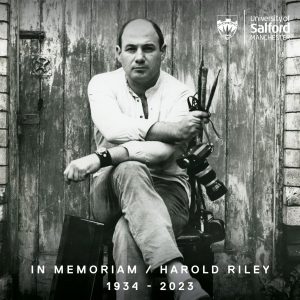
The University of Salford is deeply saddened to hear of the passing of Salford artist, Harold Riley, on 18th April 2023 at the age of 88.

Applications open for final year BA students and current MA students to respond to Craig Easton exhibition Is Anybody Listening? Our Time, Our Place.
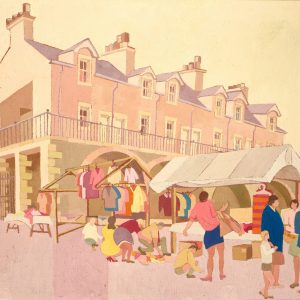
University of Salford Sustainability Engagement Officer Marta Strzelecka selects artwork of the month in honour of Go Green Salford.

The University of Salford Art Collection is delighted to announce Mishka Henner as the first artist-in-residence with Energy House 2.0, in partnership with Open Eye Gallery and Castlefield Gallery.
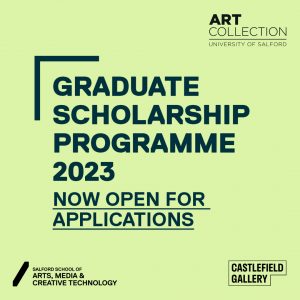
Our annual Graduate Scholarship Programme, run alongside Castlefield Gallery, is now open for applications for 2023.

University of Salford Art Collection is now inviting applications for the second residency in collaboration with Castlefield Gallery, Manchester.